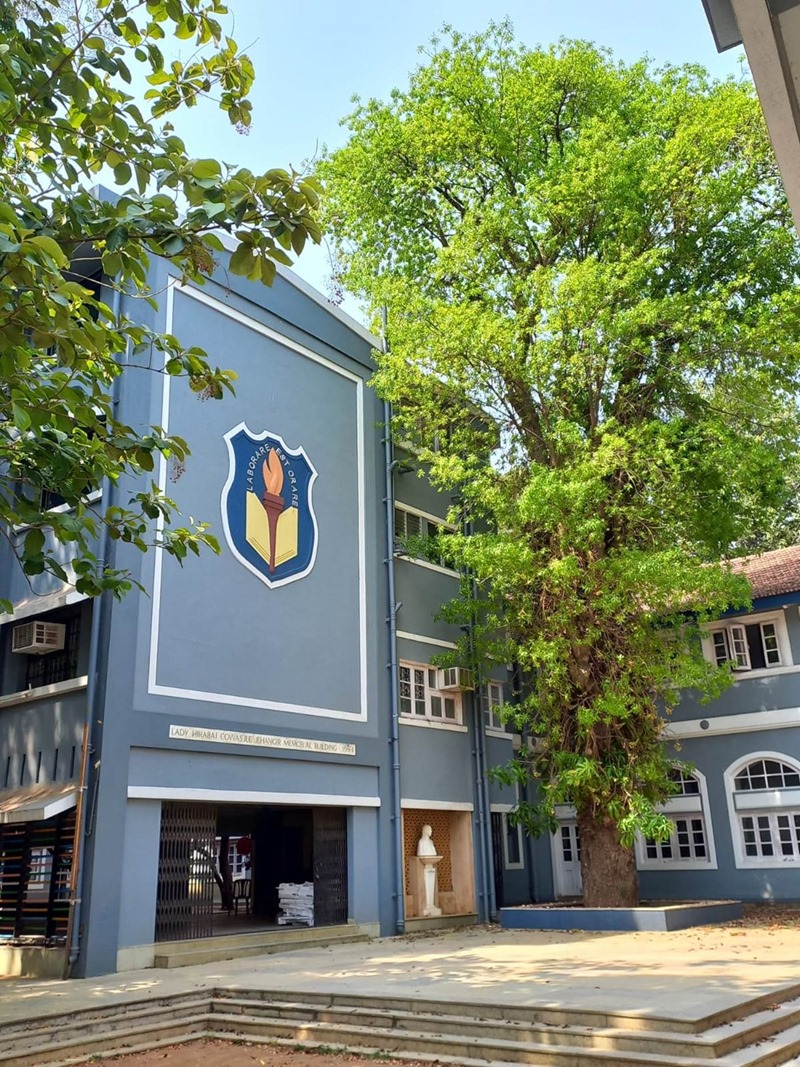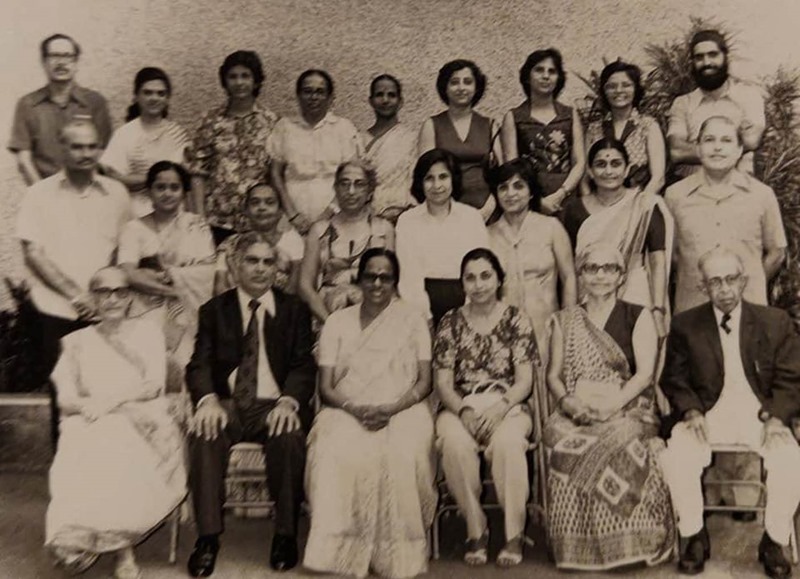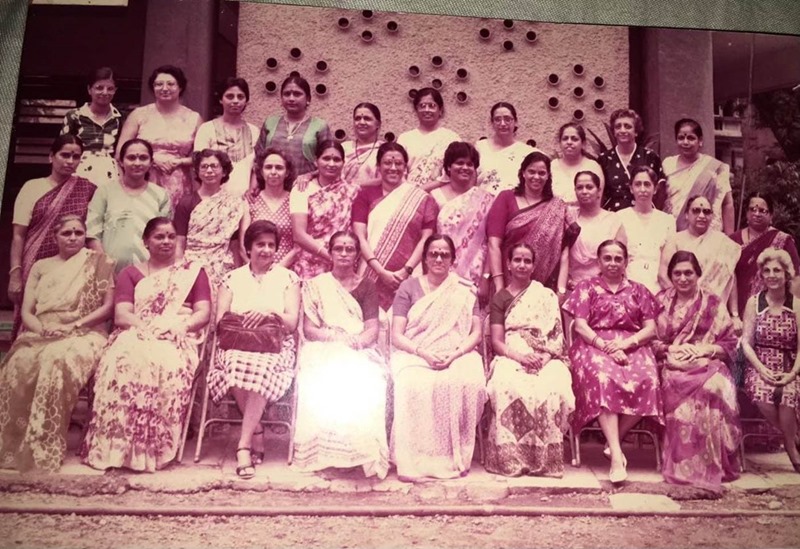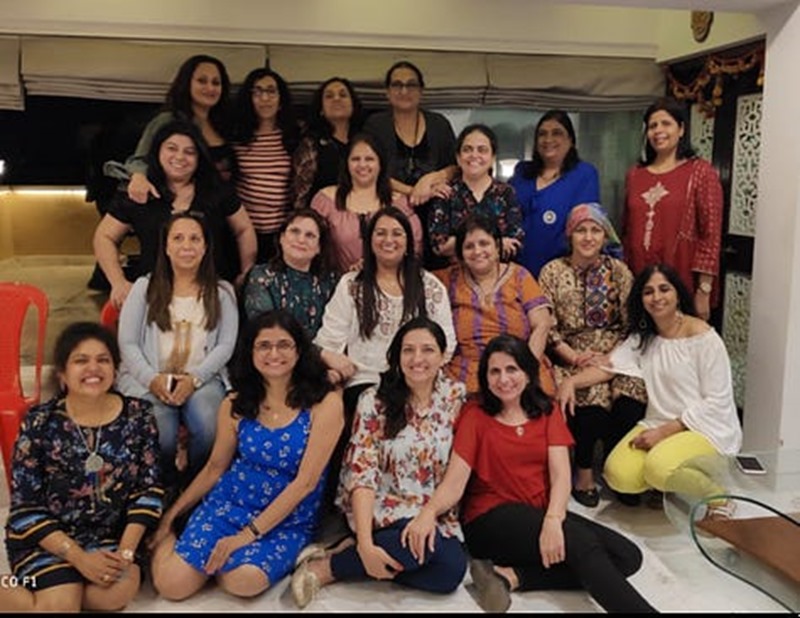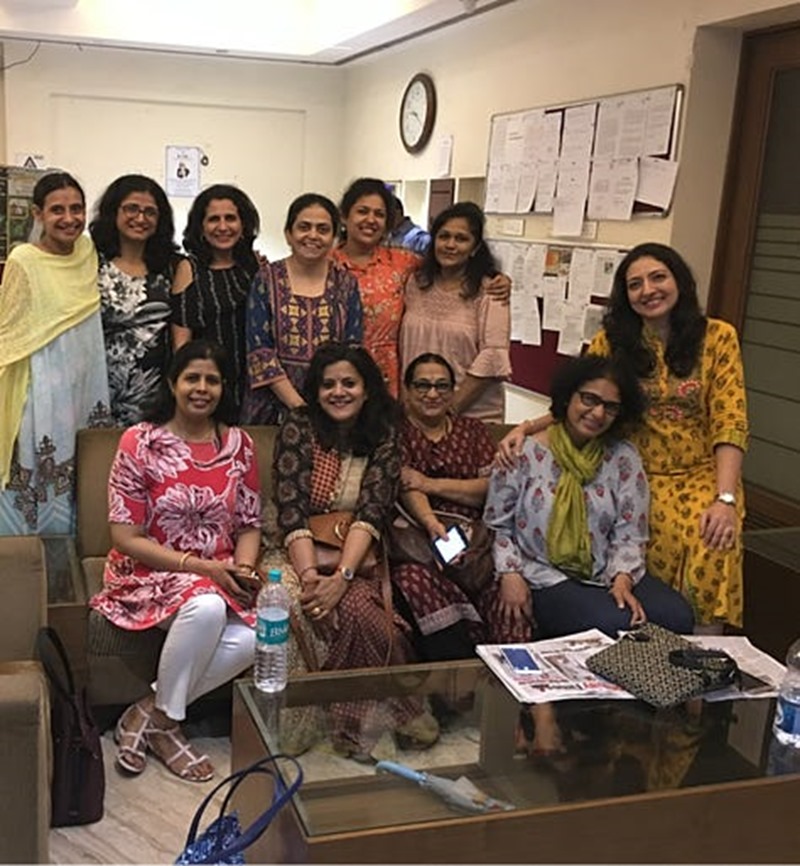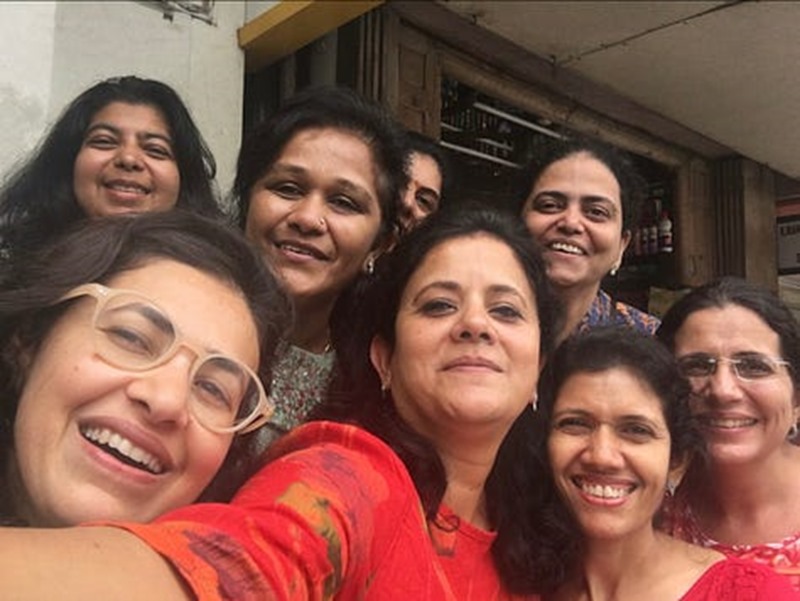Dear friends,
I woke up today to the pleasant news of longevity and resilience—my high school located in the beautiful Zoroastrian enclave of Dadar Parsi Colony, Mumbai—The J. B. Vachha High School for Parsi girls and the Cowasjee Jehangir Primary & Infant School (J.B.V.)—turned 100 years old today!
Article by Anu Prabhala
Yes, the name is a mouthful indeed, but what a delightful bite of education and diversity J.B.V. gave us to last a lifetime. I did not think I’d do a blog on J.B.V.—after all, why would anyone be interested in the history of a high school in Mumbai?
However, I realized that history is sometimes not made in grandiose events, but in modest and humble installments by a few dedicated people. And then, it becomes worth paying close attention to, because one can “Never doubt that a small group of thoughtful, committed, citizens can change the world. Indeed, it is the only thing that ever has.” These are of course, the famous words of anthropologist, Margaret Meade.
Indeed, The J.B. Vachha High School would not have existed had it not been for two committed Zoroastrian citizens: First, Mr. Mancherji Joshi, an engineer from current-day Karachi, Pakistan (this was before the India-Pakistan division) who had the idea of a settlement for Parsis in Mumbai including an agiary or a fire temple, a school, a seminary or a Parsi madrasa, and a wedding hall, all of which came to fruition. You might recognize Mr. Mancherji Joshi’s name from my post, “Why Mumbai’s Dadar Parsi Colony, a Zoroastrian enclave, and my birth home, is special”.
His work was no mean feat—the city of Mumbai was facing a bubonic plague in the late 1800s, it was still under British colonial rule, and the Parsis were a minority group in India (in fact today, there are less than a quarter million Zoroastrians left worldwide). Despite it all, Mr. Mancherji Joshi convinced the British to expand the city limits and open hygienic living spaces in the Dadar area—where I grew up—and dedicate 103 plots of land dedicated to Parsis.
The courtyard of the J.B. Vachha High School as it stands today, with the school emblem aptly featuring the words, Labore est Orare translated as To Work is to Pray. You can see the bust of Lady Hirabai Cowasjee Jehangir in the center corner.
The second visionary was Lady Hirabai Cowasji Jehangir, a Parsi born into the affluent Wadia family, and married into the Cowasji Jehangir family, scion of the Readmoney family, but worked for the welfare of not only the Zoroastrians, but also the underprivileged Hindu community of Mumbai (Check out her portrait on display at the National Portrait Gallery of the U.K.). While the J. B. Vachha High School started out with just 25 infants on its roster, Lady Jehangir made possible the construction of a separate school building that expanded the capacity of the school and today, her bust proudly adorns the school’s premises.
It’s worth noting that from its humble beginnings, today, the J.B.Vachha High School enjoys the privilege of being ranked 9th in India, 5th in the state of Maharashtra, and 4th in Mumbai by The Education World India School Rankings of 2023-24.
So, what makes J.B. Vachha special?
Physically, the school is a modest structure, but what made the school special were the people in it—the teachers and the students—and the appreciation for diversity it inculcated in me/us. The latter of these, I only realized as special later in life, especially when I traveled abroad and settled 10,000 miles away from my birth home.
Homage to diversity
While so much of the world around struggles with establishing diversity and inclusion, it seems that these entities were a given during our formative years at J.B.V. The school was established for Parsis, but was later opened up to children of all faith, and my parents saw nothing out of the ordinary in sending me to a Zoroastrian school where we’d include prayers from the holy Avesta into our daily lives. We all prayed to each other’s Gods, and it was OK. That remains the case even today.
A well-rounded education
I appreciated J.B.V.’s effort at creating a well-rounded child—we had everything from a Girl Scouts Troop and Athletics to needleworking classes and classical music training apart from a robust core curriculum, imparted by well-qualified teachers, some of whom were strict Parsi stalwarts like the late Miss. Bana (picture below).
No-nonsense teachers
There was no messing around with Miss. Bana, always dressed in a white sari, graced with a slight hunch of age, white hair tied back neatly in a bun, and large black- rimmed glasses perched prominently on her face. My most vivid and arguably a bit unglamorous memory of Miss. Bana, which attested nevertheless to the strict discipline that came with schooling at J.B.V., was her asking us young girls to stand in a straight line behind each other and raise our uniforms a tad to ensure that we all wore modest bloomers underneath! There was no make-up allowed, including nail polish or any accessories, and if you were caught with anything other than black ribbons in your hair—that had to be tied back fully to reveal your face—you were dead meat!
Our dear Miss. Bana seated first L-R along with our principal Mrs. Rajan, 3rd L-R.
We shuddered when our principal, Mrs. Rajan, a devout Hindu, would pause quietly at the entrance to our classroom on a surprise visit—her hair in a large black bun wrapped in a gauze to hold it tidy, yet jutting out prominently from behind her head; dark serious glasses framing her face adorned by a large red bindi or a traditional dot on the forehead; and her slim body always wrapped in delectable silk or well-ironed cotton saris. She did not have to say a word. The whole class hushed and were all ears to her sparse words of wisdom. She once said, “Do you have to make so much noise in a school?” and we fell dead silent like stealth soldiers lying in ambush awaiting our enemies in the dead of the night. Such was the respect our teachers commanded.
Our dear teachers with our principal Mrs. Rajan (5th L-R) and one of our ever glamorous and kind French teacher, Mrs. Soonawalla (3rd L-R) who inspired me to pursue advanced studies in French
It did not prevent me from being one of the most talkative students in the school—for which I was amply “punished”—name spelled out on the blackboard by the class monitor, made to stand outside the class, written complaints sent to mom (sigh), etc.—all in vain, shall I say<<wink>>. Although not anywhere close to being a top student in school—I was a late bloomer shall we say—my gift of the gab and words was well-nurtured as I stand where I do today.
Saving the best for the last
My most valuable memories of J.B.V. were my treasured friendships with classmates or “Junglees” as we affectionately call ourselves (sigh, yes). After more than four decades, the class of 1986 stays in touch regularly. It’s only thanks to them and their WhatsApp messages that I woke up 10,000 miles away today in Washington, DC to write this post, and it’s thanks to my friend, H.G. (yeah, she prefers to remain anonymous, but she is not related in any way to H.G. Wells) in Dadar Parsi Colony, who stayed up late to fact check this that I was able to publish it speedily.
I truly enjoy meeting my “Junglees” every year and appreciate them making time to meet with their classmates visiting from overseas.
Stay strong for another 100 years (at least) to come, J.B.V.!
Meaningfully yours,
Anu Prabhala

